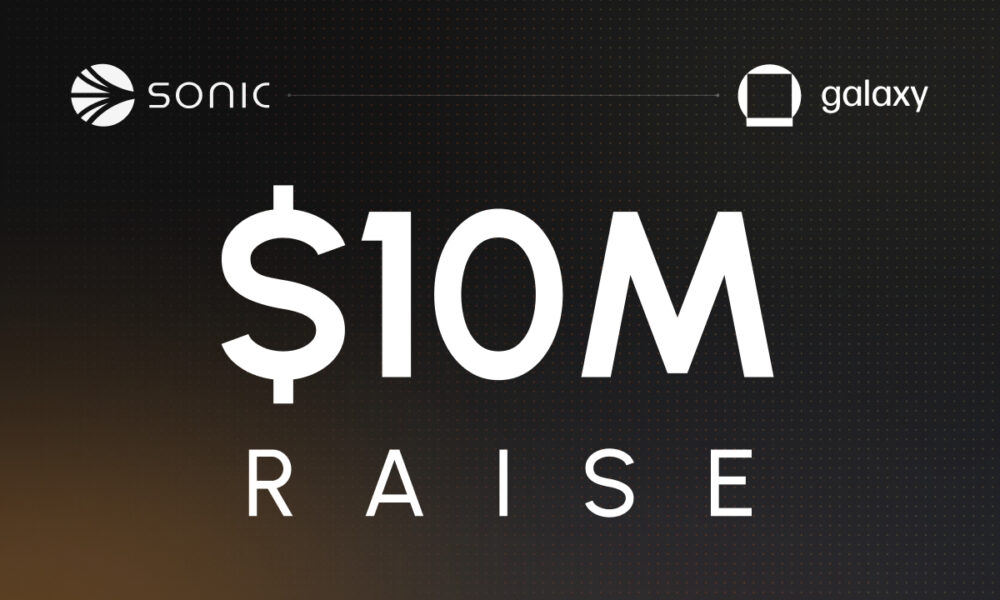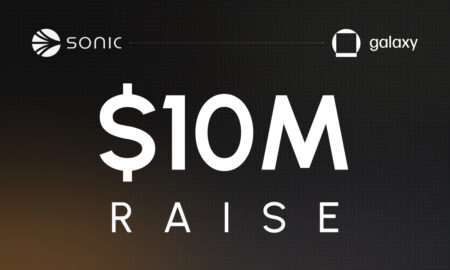In the evolving digital economy, micropayment systems have gained substantial traction, allowing users to conduct small-value transactions seamlessly. However, the perception of information usage fees, which are often embedded within these micropayment structures, significantly influences consumer behavior and the broader adoption of such systems. This article explores how consumer perceptions of information usage fees affect the implementation of micropayments, providing a comprehensive guide that includes definitions, strategic approaches, advantages and disadvantages, frequently asked questions, and actionable recommendations.
- Defining Information Usage Fees in the Context of Micropayments
Information usage fees refer to charges applied for accessing specific digital content, services, or applications via mobile platforms. Typically billed through mobile carriers or third-party payment processors, these fees are intended to cover the costs of data usage, content access, or other digital services. In the context of micropayments, these fees are often embedded within small-value transactions, making them difficult for consumers to detect and understand.
- Step-by-Step Guide to Implementing Micropayments with Information Usage Fees
- Step 1: Assess the Transaction Model: Identify which digital services or content will incur information usage fees, and determine how these fees will be structured—whether as flat rates or percentage-based charges.
- Step 2: Implement Transparent Billing Statements: Clearly outline information usage fees on billing statements, ensuring that consumers understand how charges are calculated and applied.
- Step 3: Integrate Secure Payment Gateways: Utilize PCI DSS-compliant payment processors to safeguard consumer data and prevent unauthorized transactions.
- Step 4: Employ Two-Factor Authentication (2FA): Strengthen security by requiring users to verify transactions through OTPs or biometric verification.
- Step 5: Monitor Data Analytics: Implement data mining systems to track user spending patterns and detect potential fraudulent activity involving information usage fees.
- Advantages and Disadvantages of Information Usage Fees in Micropayments
- Advantages:
- Supports small-value transactions without requiring extensive user inputs.
- Provides a convenient payment method for digital content and services.
- Allows service providers to generate incremental revenue from micropayments.
- Disadvantages:
- Hidden costs can accumulate over time, leading to unexpected expenses for users.
- Inadequate disclosure may cause consumer dissatisfaction and disputes.
- Increased potential for fraudulent activities, particularly involving unauthorized subscriptions or data harvesting.
- FAQ: Common Questions About Information Usage Fees and Micropayments
- What are information usage fees?
- These are charges for accessing specific digital content or services, often billed through mobile carriers or payment processors.
- How can consumers avoid unexpected fees?
- Regularly review billing statements, enable transaction alerts, and verify all subscriptions.
- What should users do if they detect unauthorized charges?
- Contact the service provider or carrier immediately to dispute the charges and request a refund.
- Smart Strategies for Mitigating Risks in Information Usage Fees
- Transparency in Billing: Provide clear, itemized billing statements that outline all information usage fees, reducing the likelihood of disputes.
- Enhanced Security Measures: Implement multi-factor authentication (MFA) and robust encryption protocols to prevent unauthorized transactions.
- User Education Programs: Educate consumers about common scams involving information usage fees, such as phantom subscriptions and data harvesting schemes.
- Monitoring and Analytics: Utilize advanced data mining techniques to monitor transaction patterns, detect anomalies, and prevent fraud.
- Effective Tips for Managing Information Usage Fees
- Set Spending Limits: Encourage users to establish transaction limits to prevent overspending on micropayments.
- Enable Notifications: Notify users of every transaction involving information usage fees to ensure transparency.
- Audit Billing Statements Regularly: Advise users to review their statements periodically for hidden charges or unauthorized subscriptions.
- Conclusion: The Impact of Information Usage Fees on Micropayment Adoption
While micropayment systems offer convenience and flexibility for small-value transactions, the perception of information usage fees can significantly impact user acceptance. By implementing transparent billing practices, enhancing security measures, and educating consumers about potential risks, service providers can foster trust and ensure that micropayment systems remain a viable and user-friendly option in the digital payment landscape.
Anchor Text Placement: Instances of deceptive practices involving 소액결제 현금화 have highlighted the importance of stringent oversight in preventing fraudulent activities in micropayment systems.



































